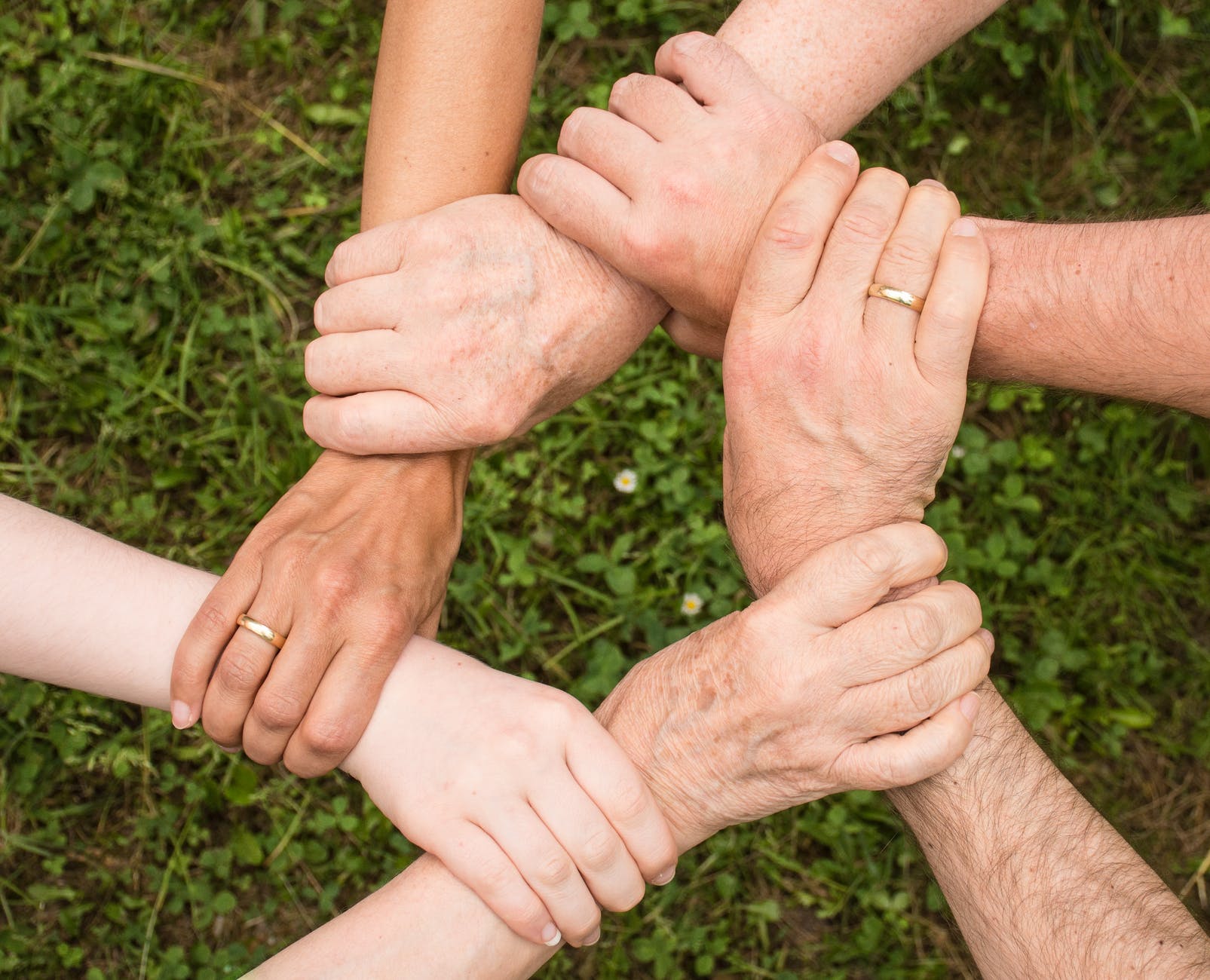
Is there a correlation between how and when we use digital devices and migraines?
As a writer, my mind often buzzes with ideas in the dead of night or at the crack of dawn. These moments of inspiration would jolt me awake, prompting me to reach for my phone to capture them. But in the process, I would find myself drawn into a digital world, checking messages and social media. By mid-morning, a familiar headache would begin to throb. For the longest time, I failed to connect my phone usage to my migraine attacks, just as I didn’t realize that watching TV in the morning was setting me up for headaches later in the day.
It’s important to clarify that I’m not a medical professional, nor do I have a string of letters after my name. But as someone who has battled migraines for years, I’ve become adept at identifying my triggers. And one of them, I’ve discovered, is my phone use, particularly during the wee hours of the morning.
One common cause of headaches is eye strain. Imagine your eyes’ nerves “relaxing” as you sleep; suddenly, an idea pops into your subconscious mind. You force yourself to wake up, grab your phone, and jot down notes before your eyes can fully “wake up,” adjust to the light, and maybe even adjust their focus. When we do this, we strain our eyes, and a headache is sure to follow; well, at least it does for many other migraine sufferers I know and me.
According to healthline.com, “When you look at objects or screens at a close range, the muscles in and around your eyes need to work harder to focus. Over time, these muscles can get sore and tired like any other muscle. Similarly, squinting for an extended period may trigger spasms in your facial muscles and the muscles around your eyes. These spasms can lead to eye strain headaches.”
Our eyes need to adjust to our environment to function correctly. When we force them to do their job without adapting to the environment, lights, or focus, we strain them, and the possible effect is a migraine headache.
Other causes of eye strain and migraines include extended use of phones and computers. Excessive glare, uneven contrasts between the background and texts, an incorrect screen distance, and poor posture can cause eye strain and headaches.
Mayo Clinic says, “Extended use of computers and other digital devices is one of the most common causes of eyestrain. The American Optometric Association calls this computer vision syndrome. It’s also called digital eyestrain. People looking at screens two or more hours in a row daily have the greatest risk of this condition. Computer use strains eyes more than reading print material because people tend to blink less while using computers, and blinking is key to moistening the eyes.”
Although extended usage of our gadgets is more common during working hours, triggering migraine headaches, this can also happen when we use our phones in the middle of the night or first thing in the morning. It is also important to note that interrupted sleep can cause migraine headaches.
So, let’s avoid reaching for our phones in the middle of the night or at least give our eyes time to adjust before we get carried away, scrolling through our phones. Easier said than done, I know, especially for busy people like us. What should we do?
Here are a few strategies that have proven effective for me. But it’s crucial to remember that we’re all unique, and what works for one person may not work for another. So, while these tips have helped me, you might find that a different approach is more suitable for you.
- Jot down everything you need before going to bed. This way, your sleep won’t be interrupted, triggering migraine.
- Make sure all your reminders for the next day are complete.
- If you must wake up to check your phone, give your eyes a few minutes to adjust to the environment.
- If you must jot down something in the middle of the night, use pen and paper instead of a phone. This way, your eyes won’t be exposed to harmful lights from your gadget.
- In the morning, give yourself time to wake up before reaching for any digital device.
These are some simple ways I found to help avoid migraine later in the day. If you have any other practices, you find helpful, please comment and share your thoughts.





















